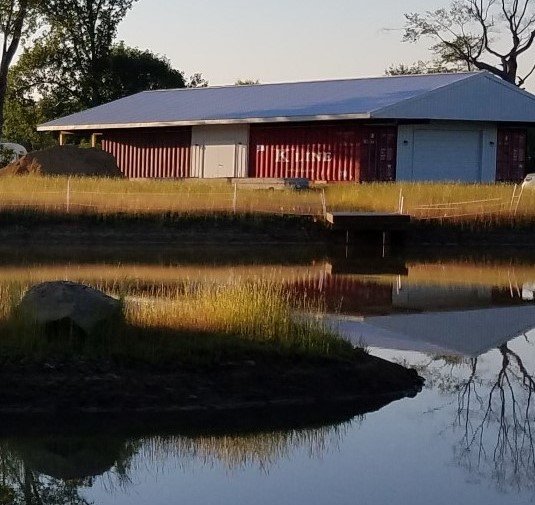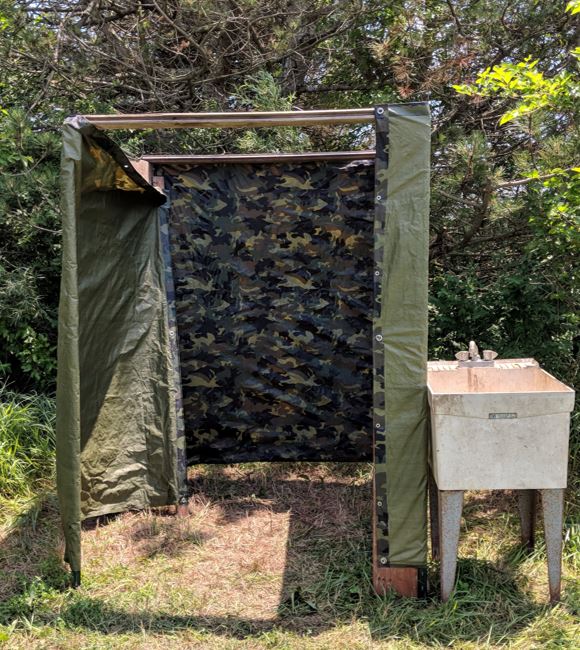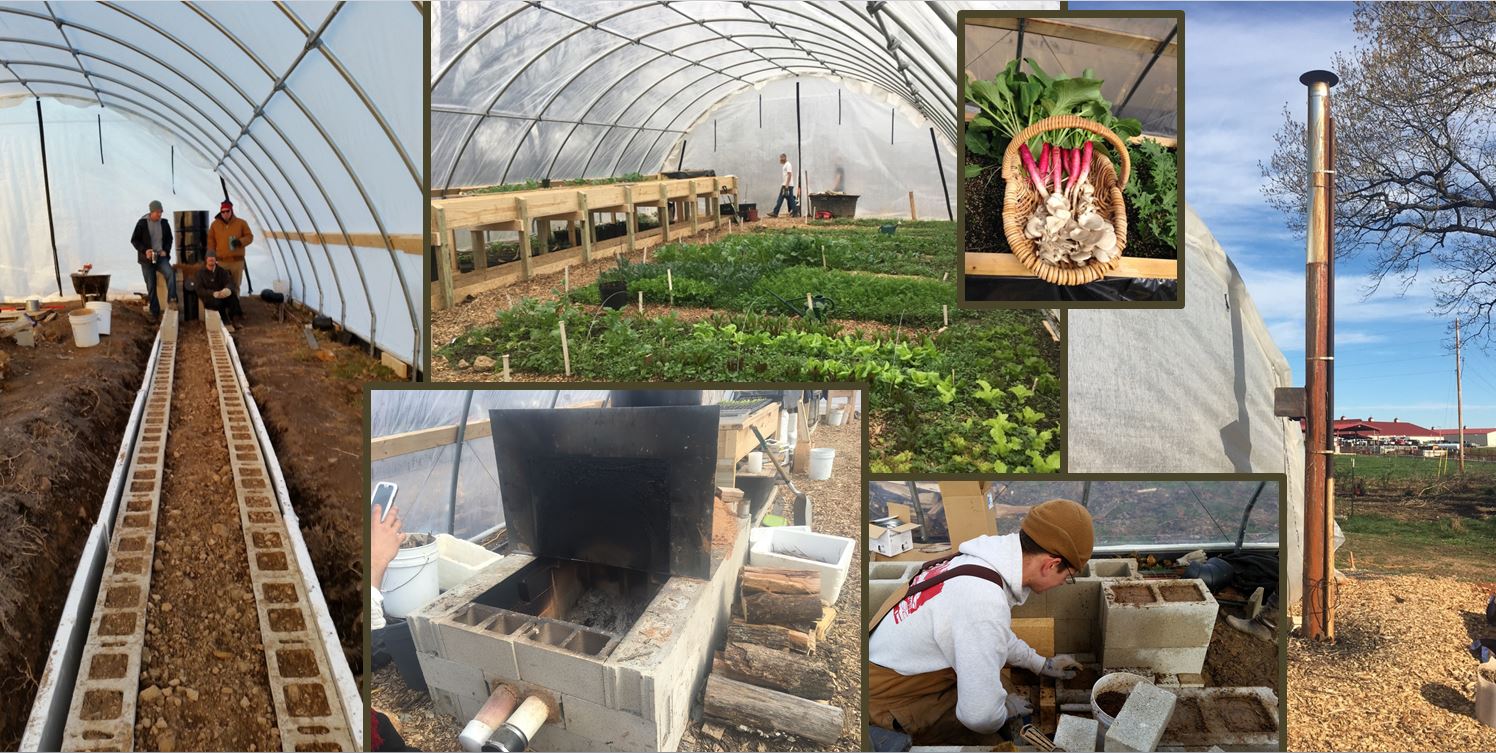
Bending Oak PDC Course – Picture Summary
Midwest Permaculture PDC Course #78 A Picture Summary This was our First PDC at Bending Oak Permaculture Farm Youngstown, OH – In August 2018 A

Midwest Permaculture PDC Course #78 A Picture Summary This was our First PDC at Bending Oak Permaculture Farm Youngstown, OH – In August 2018 A

Here is some information about the progress we are making with our outdoor shower house projects. With campers coming to our Stelle (Il) and Bending Oak

This is an April 2016 Blog Post on how we built a Thermal Mass Rocket Stove at Jordan Rubin’s ‘Heal the Planet Farm’. Bill Wilson
Greetings… At the last minute this winter we decided to tap our mature maple tree (just one tap) and boil off some sap to make
This was a great CourseWe are Considering Repeating it in 2015Please Check our Schedule Training was May 6 – 13, 2014Pierce Cedar Creek Institute –
Why A Year-Round Greenhouse is part of This Permaculture Design It doesn’t take much for those of us in temperate climate zones to imagine the
Why Wood Gasification is part of This Permaculture Design Wood Gasification is the process of converting wood (any kind of scraps or trimmings) into flammable gasses
You can see and read more about our PDC Completion Course in an awesome blog post by one of the students in the course: These
You can see and read more about our PDC Completion Course in an awesome blog post by one of the students in the course: These
You can see and read more about our PDC Completion Course in an awesome blog post by one of the students in the course: These
You can see and read more about this course in an awesome blog post by one of the students in this course: These Light Footsteps
Special Note: Wondering about missing some hands-on activities at our annual Winter PDC Courses? You won’t! Most all of the hands-on activities we undertake at